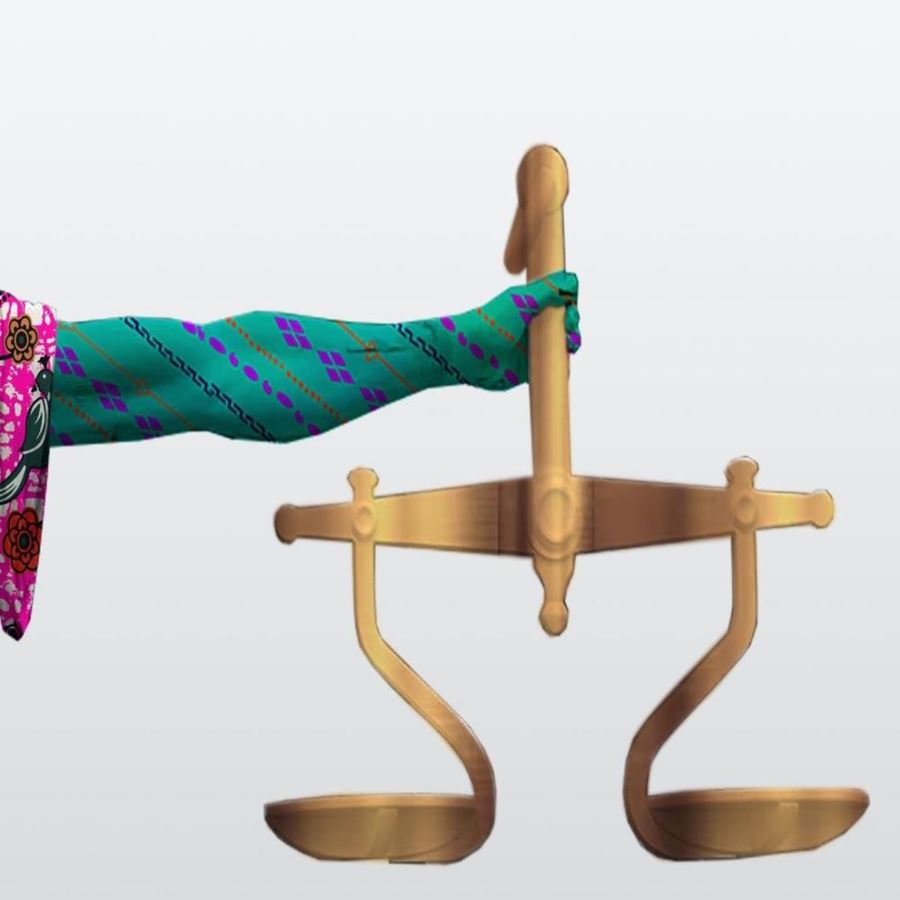Philosophy and Art History Research Seminar meets weekly in term on Thursday afternoons to discuss a paper by a visiting philosopher, art historian, or a member of our academic staff.
This week's speaker is Dr Zehra Jumabhoy, an Associate Lecturer at the Courtauld Institute of Art, London.
Abstract: "Bling, Batik and Blackness: Inauthentic Selves in ‘British’ Art":
“It don’t matter if you’re Black or White,” sang Michael Jackson expansively in his 1991 hit, Black or White. But, what does either term mean? In the new wave of identity politics in Britain – spearheaded by Jamaican Stuart Hall and Indian Homi K. Bhabha in the 1990s – theories of the self took a turn away from essentialism and ideas of authenticity. For Bhabha and Hall, the self is fluid, incomplete and always in-process. Tellingly, both ‘hybridity theorists’ used Franz Fanon’s seminal 1952 book, Black Skins, White Masks as inspiration; re-interpreting Fanon via poststructuralists Lacan and Derrida, they saw the Self as fragmented, split and unfinished; always in-process; inevitably in transit.
Taking a leaf out of such ‘hybridity theory’, a wave of glittery ‘Black’ British art was born, which presented cultural and national identity as perennially shifting too: think of the Young British Artist Chris Ofili’s elephant-dung decorated paintings; London-based Kashmiri Raqib Shaw’s sexually-charged Swarovski-studded offerings and Yinka Shonibare’s Victorian dandies, clad in rich folds of ‘African’ batik (bought in South London; imported from Holland). It is tempting to see these artists as the symbols of a new, inclusive British identity. Yet, does this paint an accurate picture? Moreover, what is the relationship between nation, race and Empire that these artworks dismantle or enshrine? What kind of conversations do such artworks spark off when they travel to post-colonial lands?
This paper will answer these questions while paying particular attention to Shonibare’s forthcoming site-specific project in Singapore. Titled Justice for All, 2019, Shonibare’s monumental sculptural installation for Singapore’s Old Parliament House will re-configure F.W. Pomeroy’s statue of Lady Justice (1905-1906), which stands upon the dome of London’s grandiose Central Criminal Court (otherwise known as The Old Bailey). Instead of her habitual golden garb, Shonibare’s Singaporean Lady will wear a brightly patterned, ankle-length garment, apparently fashioned from ‘African’ batik, with a South East Asian twist. Identity, Shonibare’s work will demonstrate, is never fixed; it is hybrid. Shonibare notes, “I started using batik in my work to explore the relationship between Africa, Europe and Asia. I take icons of colonial power and I deconstruct them.” But, how far does his deconstruction of authority really reach? In Singapore, Lady Justice seems to come full-cycle: once an emblem of colonial dominance, she becomes a cipher for trade, global exchange and the spirit of a multi-racial Singapore. A symbol of Justice for All. Or, as Shonibare puts it, “I wanted a Justice figure that would be there to serve a wide range of the population; the different types of people in Singapore.” Still, does Lady Justice reveal more than she intends about the way identity-inflected art can be adapted to suit differing governmental agendas? About the altered ways in which authority and Imperialism operate in today’s globalised world?
The seminar will be followed by informal drinks at Top Bar and a meal.


